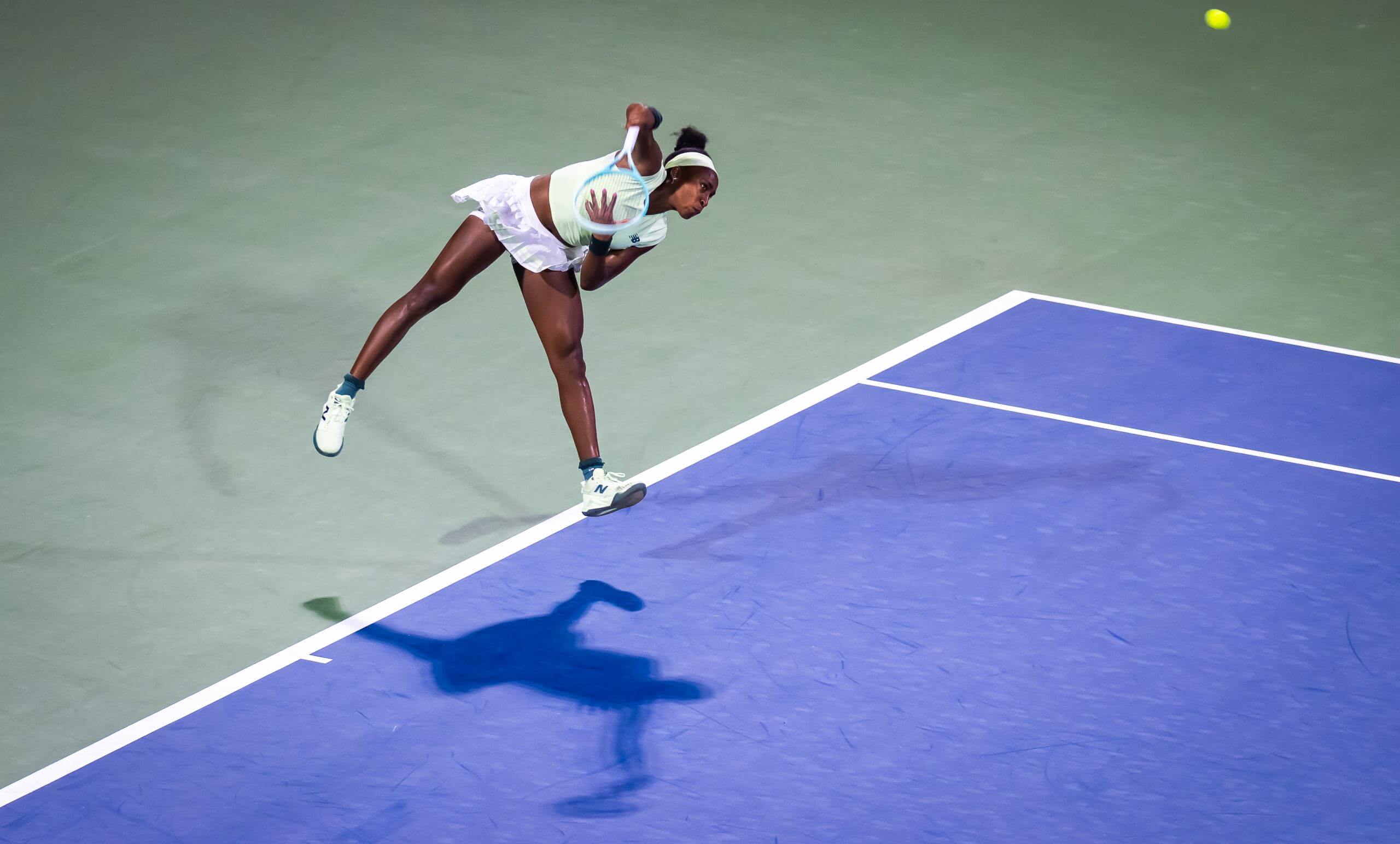Coco Gauff’s recent Canadian Open tennis match offered a compelling narrative of triumph over adversity, as the young star overcame an extraordinary 23 double faults to secure an improbable victory. This remarkable display of athlete resilience challenges conventional wisdom, raising questions about what truly defines a winning performance in elite WTA Tour competition. Her ability to navigate such significant serve struggles and still emerge victorious underscores a deeper strategic depth and mental fortitude that sets her apart.
Despite the well-documented serve struggles that have occasionally plagued her game, Coco Gauff possesses an arsenal of other formidable weapons. Widely regarded as the premier pure athlete in tennis, her unparalleled court coverage allows her to retrieve seemingly ungettable balls, turning defense into offense with breathtaking speed. Complementing this athletic prowess is her devastating two-handed backhand, a consistent source of winners that anchors her aggressive baseline game.
Gauff’s serve, when it clicks, can be a devastating force, capable of speeds nearing 130 miles per hour. However, it also remains her most unpredictable shot, a paradox that has defined much of her professional career since her breakout in 2019. This inconsistency often manifests in matches where she can transition from hitting precise serves to struggling with a barrage of double faults, a phenomenon that perplexes observers and highlights the ongoing challenge of embedding technical changes under competitive pressure.
Following a particularly challenging period, notably at the U.S. Open, Coco Gauff proactively addressed her serve struggles by enlisting a grip specialist. This intervention involved subtle but crucial adjustments to her hand position on the racket, correcting an over-rotation that was causing her to spoon rather than effectively spin the ball. This dedicated work appeared to pay dividends, leading to significant titles and renewed confidence, momentarily suggesting the technical hurdles had been overcome.
Yet, the unpredictable nature of tennis conditions and the relentless pressure of the WTA Tour brought renewed serve struggles to the forefront. On faster courts, where opponents could exploit any weakness, Gauff found herself vulnerable. However, her victory against Collins at the Canadian Open showcased an impressive ability to adapt. She demonstrated an unexpected capacity to win points on her second serve when it landed in play, often outperforming her opponent in this critical area despite the high number of faults.
The sports analysis of this particular tennis match reveals that Coco Gauff excelled in defensive categories, effectively mitigating the impact of her service woes. Her remarkable footwork and ability to scramble allowed her to stay in points, transforming defensive positions into offensive opportunities. This strategic depth, combined with an unwavering competitive spirit, meant that even when her serve faltered, she prevented her opponent from fully capitalizing, maintaining parity in crucial moments.
Perhaps the most telling aspect of Gauff’s victory was her mental toughness, especially evident in the decisive tiebreak. Her historical dominance in tie-breaks, alongside an uncanny ability to “forget the past” errors within a tennis match, proved instrumental. She played a near-perfect tiebreak, making zero errors, forcing her opponent into mistakes, and ultimately sealing the WTA Tour victory with an ace, an incredibly fitting conclusion to a night defined by athlete resilience and determination.
This Coco Gauff tennis match offers a fascinating case study in modern tennis dynamics. It challenges the traditional view that aggressive, first-strike play is the sole path to success. Instead, it highlights the growing importance of movement, defensive skills, and the ability to flip defense into offense as crucial differentiators on the WTA Tour. Gauff’s win signifies that quality in sports analysis is a moving target, constantly redefined by players who can win even when their primary weapons are misfiring.






Leave a Reply